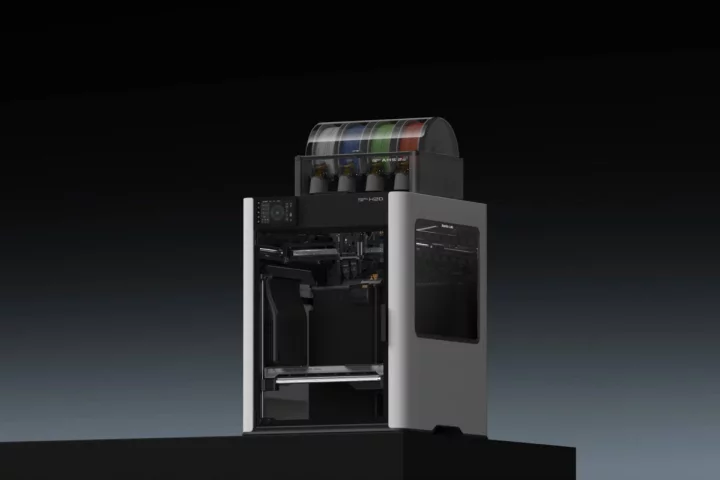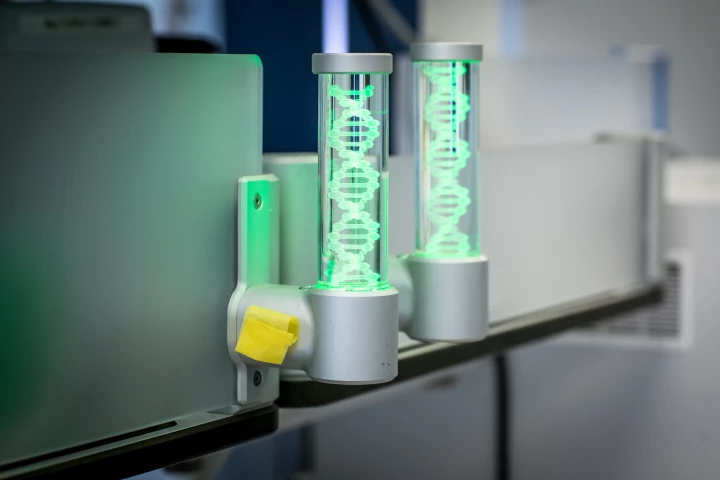Manufacturing
-
YASA adds to the growing hype around axial flux electric motors, announcing the opening of a "super factory" to boost production. The potent pancake motors will find their way into world-class vehicles from marques like Lamborghini.
-
Bambu Lab's latest flagship 3D printer does a whole lot more than 3D printing for makers, and promises to be good at every one of its tasks. It can handle laser cutting and engraving, drawing, and printing with two materials at once.
-
Cue the self-replicating robot revolution: Apptronik's humanoid Apollo robot is gearing up to assist in manufacturing copies of itself. The Texas-based company is dropping the bipedal bot on to assembly lines to produce more Apollos this year.
-
An underreported proposal from the US government could see the sale and import of connected vehicle components prohibited if they're linked to China or Russia. The rule could have far-reaching effects, but it seems motorcyclists might feel it first.
-
Metalworking usually requires very high heat and pressure, but scientists in Singapore have now demonstrated a way to make very pure metal structures at room temperature. It’s inspired by the exoskeletons of crabs and insects.
-
Your boots may soon have a tropical touch, with a breakthrough in using pineapple leaves to make a strong, 100% natural, sustainable leather. It comprehensively outperformed mushroom leather, and has serious potential for scalable, commercial use.
-
The popular pain-killing drug paracetamol, also known as acetaminophen, has always been made from chemicals derived from environmentally damaging coal tar or crude oil. Now researchers have devised a greener way of producing the drug using wood.
-
Humanoid robots are entering the workforce. Following in the footsteps of Figure 01 at BMW and Digit in Amazon's R&D facility, Apptronik's Apollo bot is helping skilled human workers build cars for Mercedes-Benz.
-
Amid ongoing global shortages of semaglutide, the active ingredient in medical sensations Ozempic and Wegovy, researchers have uncovered a way to make 10 times more of the stuff, producing a therapeutically similar version of the in-demand drug.
-
Figure has signed its first commercial deal, and is sending its general-purpose humanoid robots off to start real-world work at BMW's manufacturing plant in South Carolina. Founder and CEO Brett Adcock talks us through this rubber-meets-road moment.
-
Bill Gates-backed startup Antora Energy is preparing to roll out a containerized, modular heat battery, designed to store renewable energy at the lowest possible cost – then release it efficiently as electricity or industrial process heat.
-
Nano-engineering happens all day long in our bodies, and California startup Aether is designing and testing millions of new enzymes to do a range of other useful tasks – like directly extracting battery-grade lithium from sources nobody else can use.
Load More











